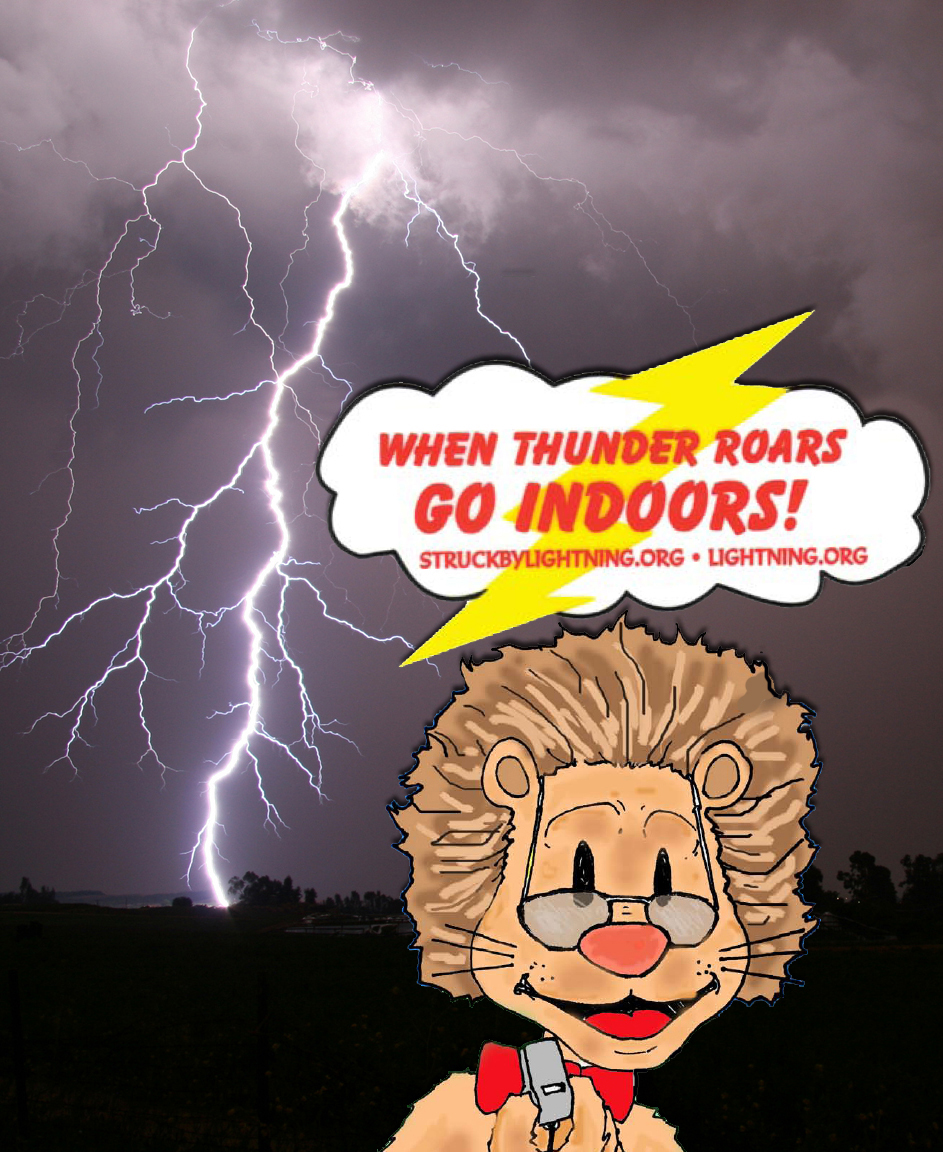Georgia Severe Weather Preparedness
Lightning Safety
Lightning is one of the leading causes of weather deaths in the United States. From 1995 to 2016, lightning caused 30 deaths in Georgia. Most lightning deaths occur in the summer months - usually in the afternoon and evening hours. Also, most deaths occur when people are caught outside during a storm. For those that survive a lightning strike, there can be life-long effects. Lightning results from the buildup and release of electrical energy between positive and negative charges between the earth and a thunderstorm. A single lightning bolt can be as hot as 50,000 degrees Fahrenheit - hotter even than the surface of the sun. This rapid heating and cooling of the air creates a shock wave which we hear as thunder. Lightning will usually strike the highest object in area. This includes trees, antennas, a boat on a lake, or a person standing in a field.
 What should you do to protect yourself? What should you do to protect yourself?
Want to learn more about lightning? Visit the NWS JetStream educational page on lightning to learn more!
Annual number of lightning flashes based on observations from NASA satellites |